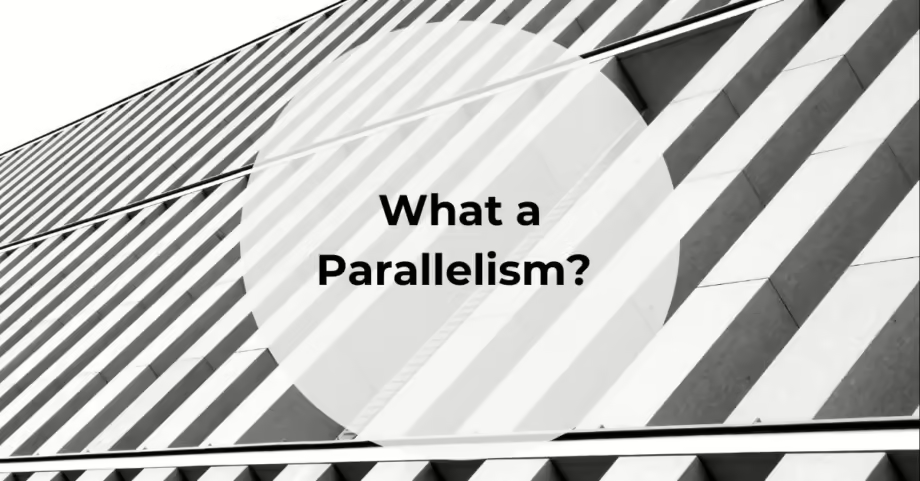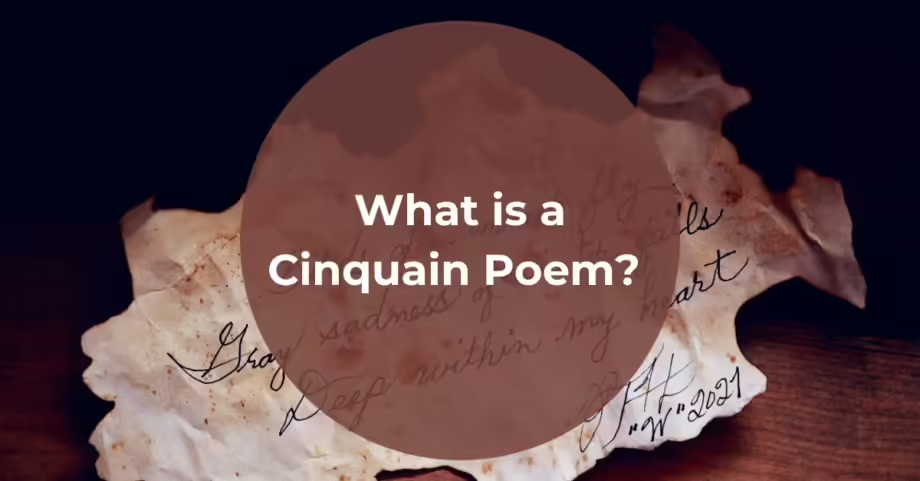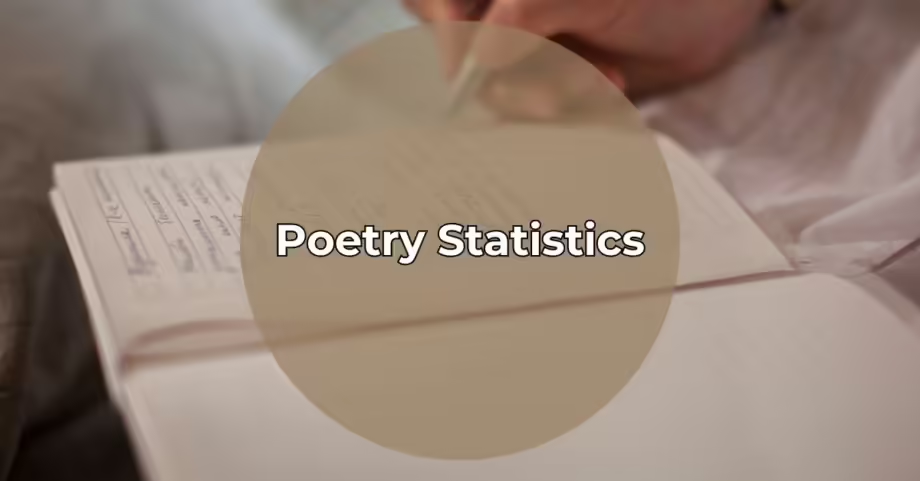When it comes to poetic forms, the villanelle is a unique and captivating style. With its distinctive structure and melodic repetition, the villanelle offers poets a challenging yet rewarding way to express their thoughts and emotions.
Whether you are a seasoned poet or a beginner looking to explore new forms, this guide will equip you with the knowledge and skills to master writing your own villanelle poems.
What is a Villanelle Poem?
A villanelle is a structured poem consisting of 19 lines, divided into five tercets (three-line stanzas) and a final quatrain (four-line stanza).
What sets the villanelle apart from other poetic forms is its intricate pattern of repetition.
The first and third lines of the opening tercet are alternately repeated as the final line of each subsequent tercet, and then come together as the poem’s last two lines. This repetition creates a musical quality, emphasizing specific themes or ideas in the poem.
Villanelles can explore a wide range of themes, but some common themes often found in this form of poetry include love, loss, time, and the passage of seasons.
The repetition in the villanelle allows the poet to deeper explore these themes, emphasizing their significance and creating a sense of longing or melancholy. The form’s cyclical nature, with the repeated lines echoing throughout the poem, adds to the exploration of these themes, creating a sense of inevitability or perpetual longing.
Villanelle Poetry Structure
The structure of a villanelle is what makes it both challenging and captivating. As mentioned earlier, it consists of 19 lines divided into five tercets and a final quatrain. The rhyme scheme is ABA for the tercets, with the first and third lines of the opening tercet repeated throughout the poem. The quatrain at the end follows a different rhyme scheme, usually ABAA.
Here is the villanelle structure displayed vertically:
A
B
A
A
B
A
A
B
A
A
B
A
A
B
A
A
B
A
A
This strict structure requires careful planning and a deep understanding of how repetition can evoke different emotions and meanings within the poem. Feel free to copy and paste the guide above into a document to use as you practice writing a Villanelle.
History of the Villanelle
The origins of the villanelle can be traced back to 16th-century France and Italy, where it was initially a rustic dance song. Over time, it evolved into a poetic form and gained popularity among poets.
The term “villanelle” itself is derived from the Italian word “villanella,” meaning “country song” or “peasant song.” In the 19th and 20th centuries, renowned poets like Dylan Thomas, Elizabeth Bishop, and Sylvia Plath further popularized the villanelle by crafting remarkable examples of this form.
Related: Sound Devices in Poetry
Examples of Villanelle Poems
To grasp the beauty and power of the villanelle, let’s explore some examples of famous villanelle poems written in this form. In the first example from Sylvia Plath, we’ve placed the Villanelle rhyme scheme alongside it for a visual aid.
Mad Girl’s Love Song by Sylvia Plath
I shut my eyes and all the world drops dead,
I lift my lids and all is born again.
(I think I made you up inside my head)
The stars go waltzing out in blue and red,
And arbitrary darkness gallops in.
I shut my eyes and all the world drops dead.
I dreamed that you bewitched me into bed
And sung me moon-struck, kissed me quite insane.
(I think I made you up inside my head).
God topples from the sky, hell’s fires fade:
Exit seraphim and enter Satan’s men:
I shut my eyes and all the world drops dead.
I fancied you’d return the way you said.
But I grow old and I forget your name.
(I think I made you up inside my head).
I should have loved a thunderbird instead;
At least when spring comes they roar back again.
I shut my eyes and all the world drops dead.
(I think I made you up inside my head).
A
B
A
A
B
A
A
B
A
A
B
A
A
B
A
A
B
A
A
One Art by Elizabeth Bishop
The art of losing isn’t hard to master;
so many things seem filled with the intent
to be lost that their loss is no disaster.
Lose something every day. Accept the fluster
of lost door keys, the hour badly spent.
The art of losing isn’t hard to master.
Then practice losing farther, losing faster:
places, and names, and where it was you meant
to travel. None of these will bring disaster.
I lost my mother’s watch. And look! my last, or
next-to-last, of three loved houses went.
The art of losing isn’t hard to master.
I lost two cities, lovely ones. And, vaster,
some realms I owned, two rivers, a continent.
I miss them, but it wasn’t a disaster.
—Even losing you (the joking voice, a gesture
I love) I shan’t have lied. It’s evident
the art of losing’s not too hard to master
though it may look like (Write it!) like disaster.
How to Write a Villanelle Poem
Writing a villanelle requires careful planning and attention to detail.
Here is a simple step-by-step guide to help you write your own villanelle:
- Select a Theme that Resonates: Choose a topic with personal and emotional significance. Themes like love, loss, time, or nature, work well with the repetitive and reflective nature of the villanelle.
- Follow the Villanelle Form: Villanelles consist of five tercets (three-line stanzas) and a concluding quatrain (four-line stanza). Follow the ABA rhyme scheme for the tercets and the ABAA scheme for the quatrain.
- Craft Your “Refrains”: Identify two lines that capture the feeling of your theme. These will act as the poem’s choruses and repeat alternately throughout the poem. Make sure these lines are versatile enough to adapt to different emotional contexts within the stanzas. To do this, consider the different emotions or moods your poem will evoke and choose lines that can resonate with these variations.
- Write the Opening Tercet: The opening tercet is the gateway to your poem. Start with a powerful opening that sets the tone and draws the reader in. Use one of your refrains as the final line of this tercet, introducing a rhythmic and thematic consistency that will resonate throughout the poem.
- Build Each Tercet: Continue creating new tercets, ensuring the second and fourth lines conclude with your refrains. Each tercet should introduce a slight development or contrast in the theme, adding complexity to the repetition.
- Conclude with the Quatrain: The concluding quatrain is the destination of your poem’s journey. In the final stanza, use both refrain lines together to bring closure. This quatrain should feel like the culmination of the poem’s emotional journey, offering a conclusion or insight.
- Revise with an Ear for Sound: When revising your poem, pay special attention to the smoothness of flow, emotional impact, and rhythm. These elements are crucial in creating a powerful and resonant villanelle. Ensure that the repetition doesn’t feel monotonous but enhances the poem’s reflective quality. Learn more about using sound devices in poetry here.
- Experiment with The Effects of Repetition: Play with how each refrain resonates in different contexts. Repetition should deepen the meaning, creating new interpretations with each return.
Villanelle FAQS
What is the difference between a villanelle and a sonnet?
While both villanelles and sonnets are poetic forms, they differ in structure and rhyme scheme. A sonnet typically consists of 14 lines divided into an octave and a sestet, with a specific rhyme scheme. On the other hand, a villanelle has 19 lines divided into tercets and a quatrain, with a distinct pattern of repetition.
Learn more about quatrain poems here.
Can I deviate from the traditional villanelle structure?
Yes, poets often experiment with the villanelle form, introducing slight variations in structure or rhyme scheme. However, it is important to understand the traditional structure before attempting any deviations, as it provides a solid foundation for crafting a powerful villanelle.
Are there any famous contemporary villanelles?
Contemporary poets continue exploring and embracing the villanelle form. Some notable examples include “Mad Girl’s Love Song” by Sylvia Plath and “The Waking” by Theodore Roethke.
Conclusion
The villanelle is a poetic form that offers a unique and challenging way to express complex emotions and ideas. With its intricate structure and melodic repetition, the villanelle captivates poets and readers.
So, pick up your pen, let your creativity flow, and immerse yourself in the beauty of the villanelle.
If you’re ready to unleash your poetic potential, start writing your own villanelle today. Explore our calls for submissions today!
What is Parallelism?
Parallelism is a powerful writing tool that helps create clear, compelling, and rhythmically balanced prose….
What is a Cinquain Poem? A Guide to the Five-Line Wonder
Cinquain poems have a simple form but a unique structure. Known for their concise beauty,…
Literary Devices for Writers
Literary devices are essential tools that writers use to add depth, meaning, and complexity to…
Poetry Statistics (2024): A Snapshot of a Growing Art Form
Often regarded as one of the most profound and dynamic forms of expression, poetry has…
What is a Plot? The Backbone of Storytelling
When you think of a story that captivated you, what comes to mind first? It…
What is a Dynamic Character?
Characters are the lifeblood of any story. They guide us through the plot, help us…







